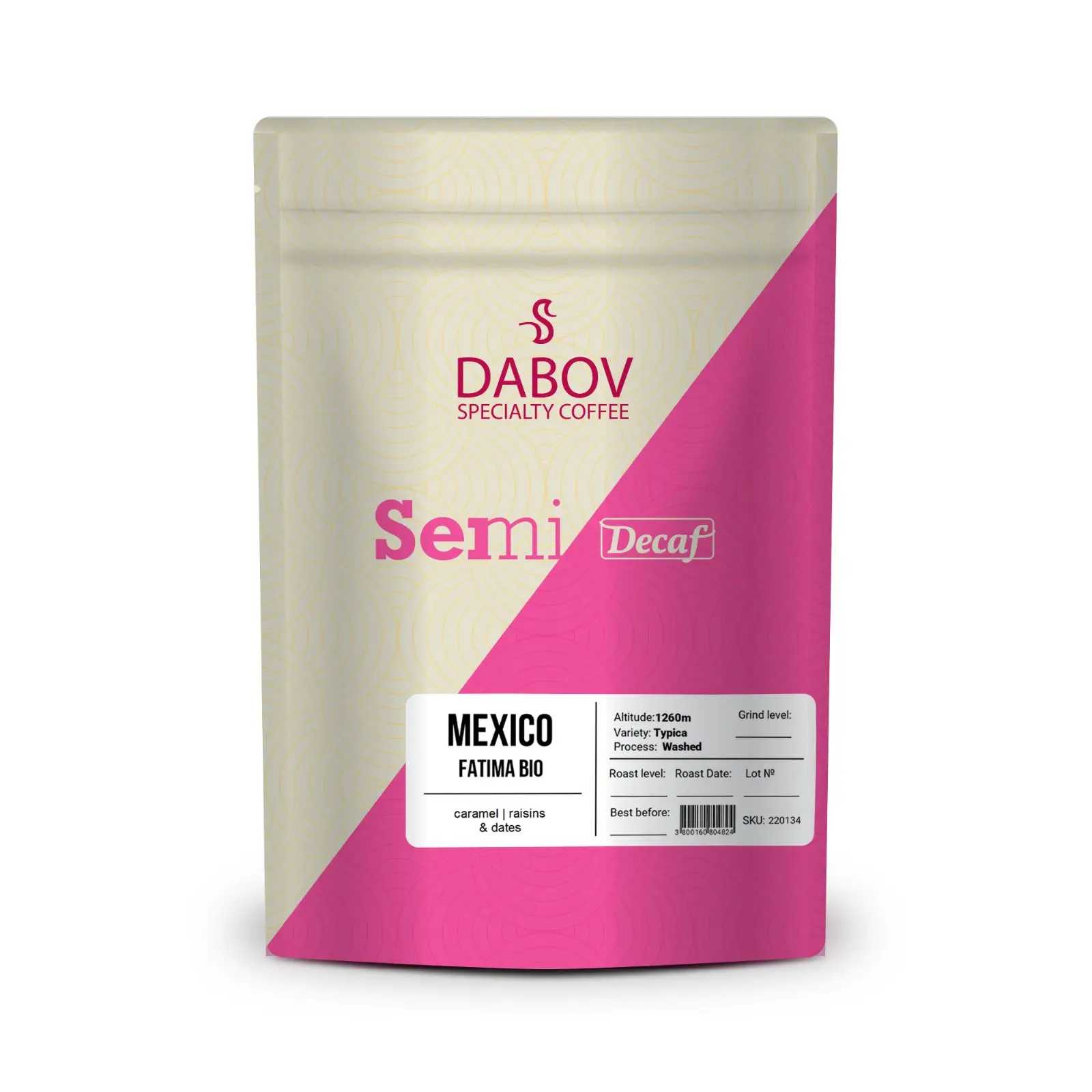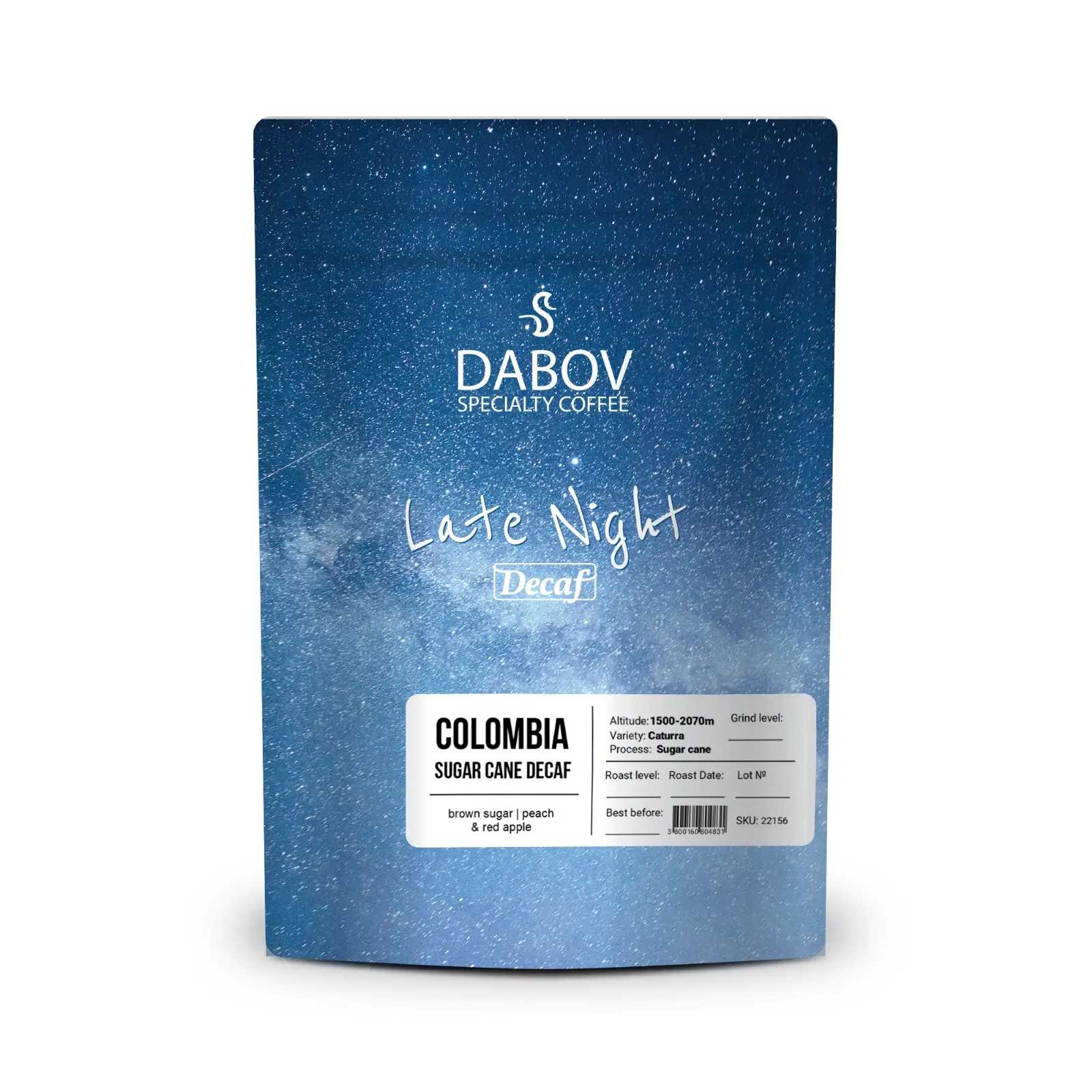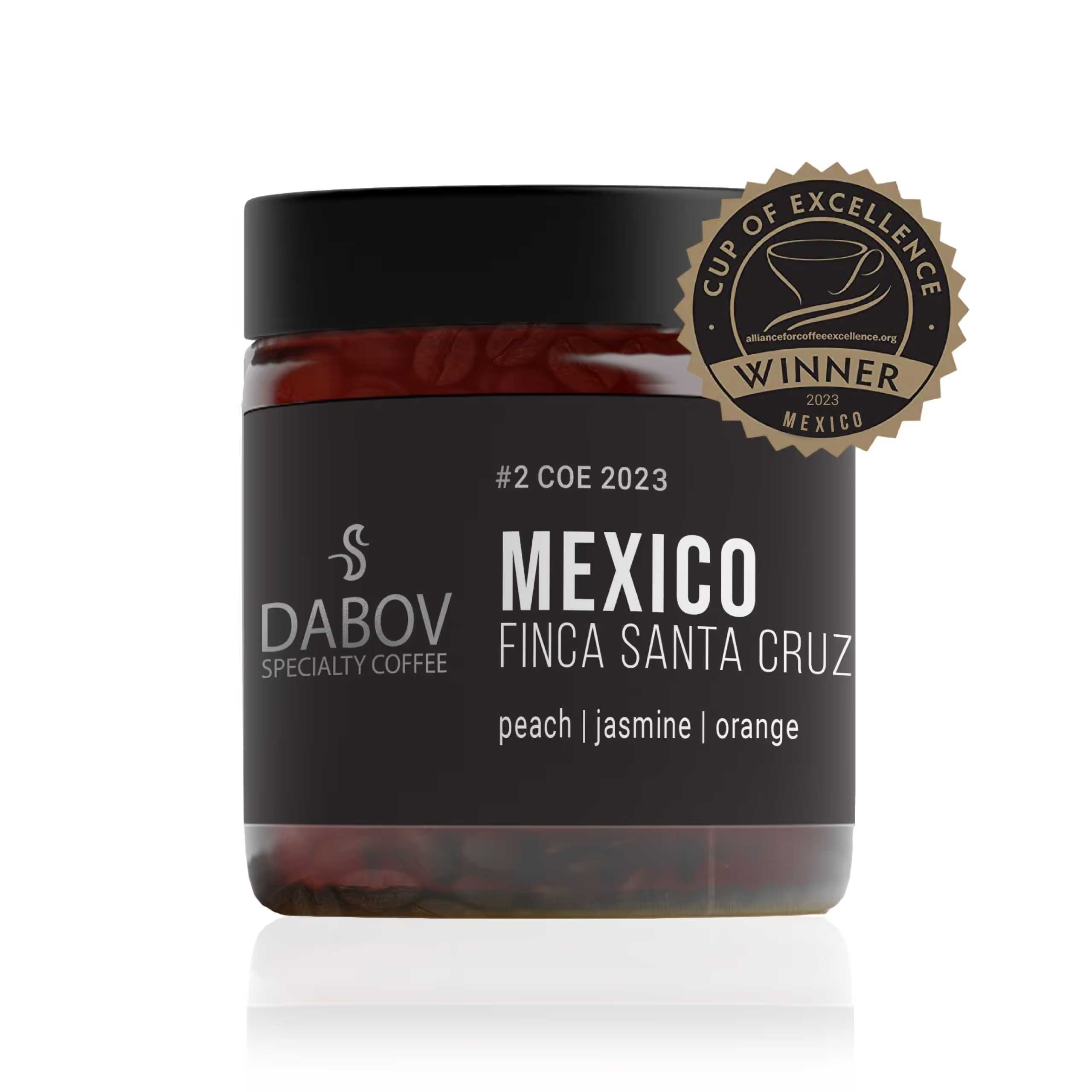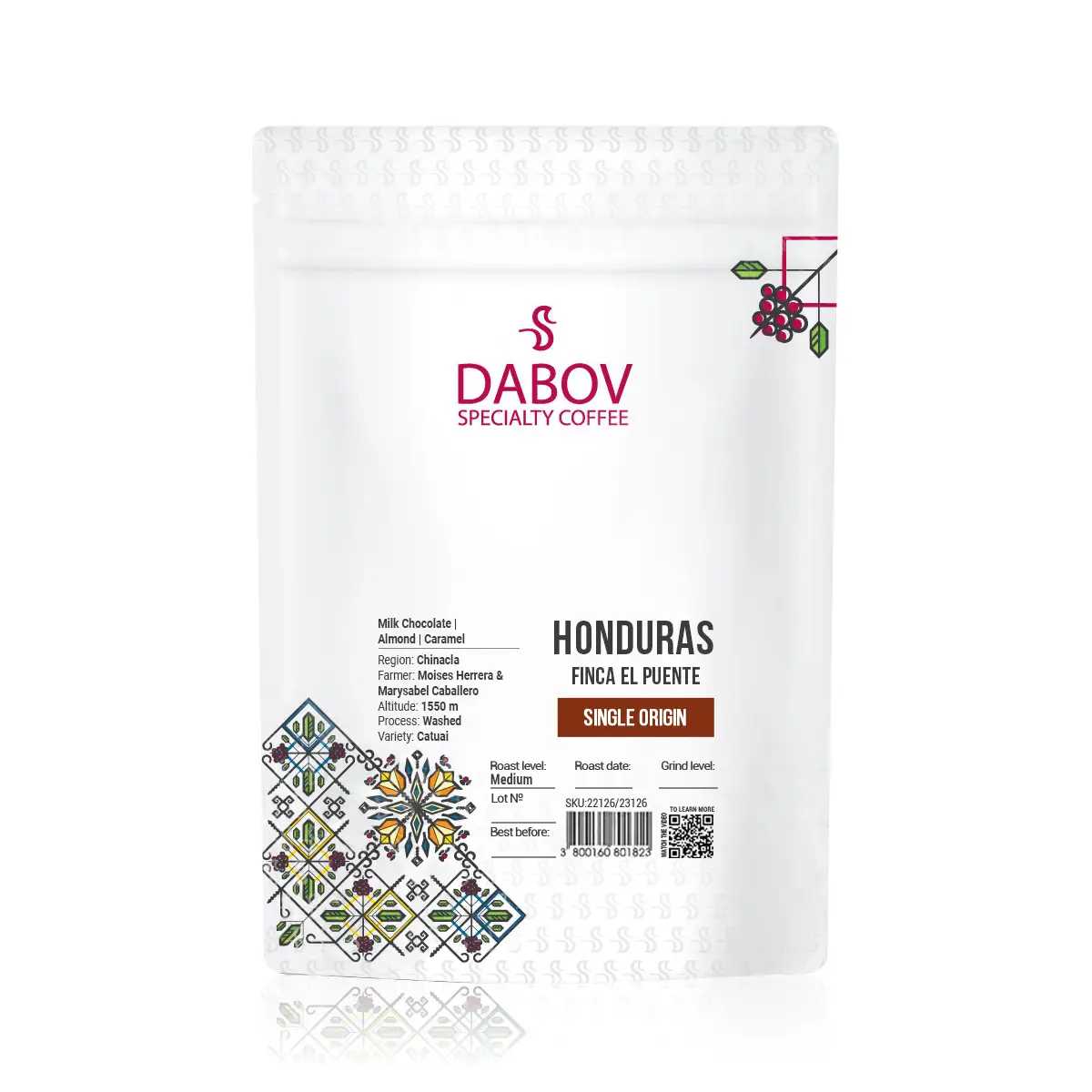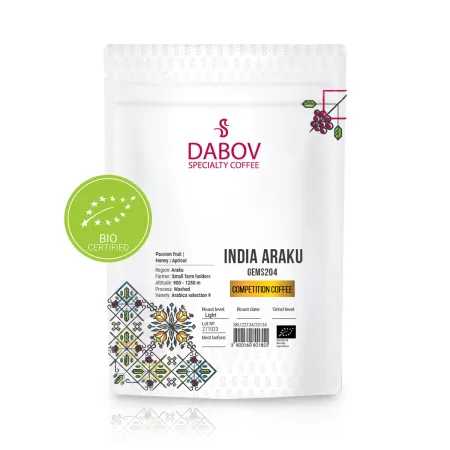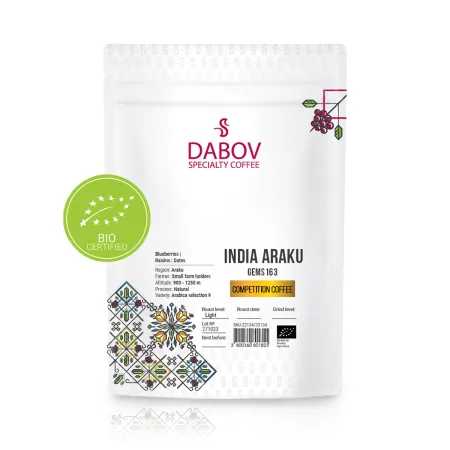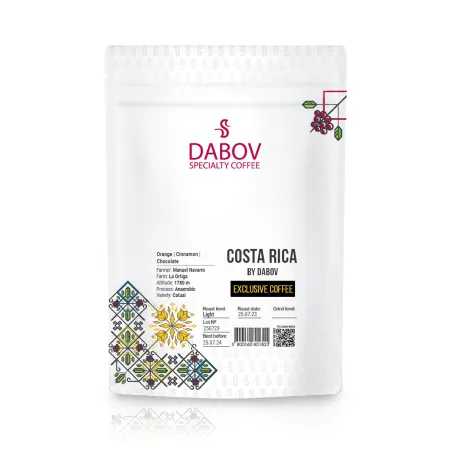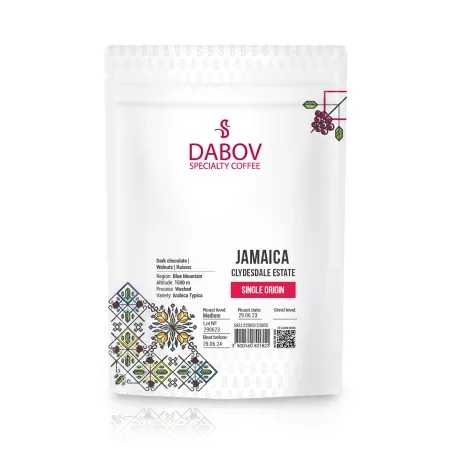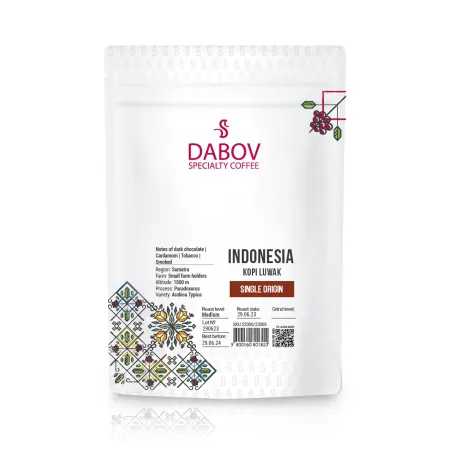The Japanese Art of Slow Coffee A Cultural Insight
Discover the rich tapestry of Japanese coffee culture, where each cup tells a story steeped in tradition and mindfulness. This exploration takes you from the origins of coffee in Japan to the contemporary slow coffee movement that's gaining traction. Learn the art of brewing with techniques that honor the process rather than rush through it. From pour-over methods to siphon brewing, we'll showcase how each step enhances flavor and instills an appreciation for quality. Explore essential tips for creating your own slow coffee experience at home, the significance of community in coffee culture, and how you can incorporate mindfulness into your daily routine. Join us on this aromatic journey that defines the essence of Japanese coffee, encouraging you to embrace the beauty of slowing down.
In the bustling streets of Tokyo, amidst the neon lights and the frenetic pace of modern life, there exists a serene counterpoint: the art of slow coffee. This practice, deeply rooted in Japanese culture, offers more than just a caffeine fix; it's a meditative experience that embodies the values of mindfulness, precision, and community. As we delve into the world of Japanese coffee culture, we'll explore how this ancient land has embraced and refined the humble coffee bean, transforming it into a vessel for cultural expression and personal reflection.
Understanding Japanese Coffee Culture
Historical Context
The story of coffee in Japan is one of gradual acceptance and eventual reverence. Coffee first arrived on Japanese shores in the 17th century, brought by Dutch traders to the port of Nagasaki. Initially viewed with suspicion as a foreign curiosity, it took centuries for coffee to gain a foothold in Japanese society. The turning point came during the Meiji Restoration of the late 19th century, when Japan opened its doors to Western influences. Coffee houses, known as "kissaten," began to appear, serving as hubs for intellectuals and artists to gather and exchange ideas.
These early coffee establishments laid the groundwork for what would become a rich and diverse coffee culture. The kissaten of the early 20th century were more than just places to drink coffee; they were sanctuaries of calm in rapidly modernizing cities. Proprietors took pride in their brewing techniques, often developing signature methods that would be passed down through generations. This attention to detail and respect for tradition would become hallmarks of Japanese coffee culture.
As Japan rebuilt itself following World War II, coffee consumption grew exponentially. The economic boom of the 1970s and 1980s saw a proliferation of coffee shops, both independent and chain establishments. However, even as convenience became more prevalent, the spirit of the kissaten – with its emphasis on quality and craftsmanship – remained an integral part of Japanese coffee culture.
Modern Coffee Trends
Today, Japan's coffee landscape is a fascinating blend of tradition and innovation. In major cities like Tokyo, Osaka, and Kyoto, you'll find a diverse array of coffee experiences. On one end of the spectrum are the vending machines dispensing canned coffee, a testament to Japan's love for convenience. On the other end are the third-wave coffee shops, where baristas treat coffee-making as an art form, meticulously controlling every variable from bean selection to water temperature.
What sets Japanese coffee culture apart is its ability to honor tradition while embracing modernity. Many contemporary cafes draw inspiration from the kissaten of old, incorporating elements like dark wood interiors and jazz music to create an atmosphere of nostalgia. However, these spaces are also at the forefront of coffee innovation, experimenting with new brewing methods and sourcing beans from around the world.
One notable trend is the rise of specialty coffee shops that focus on single-origin beans and light roasts, allowing the unique characteristics of each coffee to shine through. These establishments often feature pour-over bars where customers can watch as their coffee is brewed by hand, a process that can take several minutes. This emphasis on transparency and craftsmanship resonates with Japanese consumers, who value quality and authenticity.
Another interesting development is the fusion of coffee culture with other aspects of Japanese life. For example, some cafes now offer "coffee meditation" sessions, combining the mindfulness of traditional tea ceremonies with the ritual of coffee brewing. Others have integrated coffee into the concept of "ikigai," the Japanese idea of finding purpose in life, positioning the daily coffee ritual as a moment of self-reflection and gratitude.
The Essence of Slow Coffee
What is Slow Coffee?
Slow coffee is more than just a method of brewing; it's a philosophy that encourages us to pause and savor the moment. At its core, slow coffee is about taking the time to appreciate every step of the coffee-making process, from grinding the beans to pouring the water to enjoying the final cup. This approach stands in stark contrast to the rushed, automated coffee experiences that have become commonplace in many parts of the world.
In practice, slow coffee often involves manual brewing methods that give the brewer more control over variables like water temperature, grind size, and extraction time. Popular techniques include pour-over, French press, and siphon brewing. These methods require patience and attention to detail, but proponents argue that the result is a superior cup of coffee that fully expresses the nuances of the beans.
The slow coffee movement also emphasizes the importance of using high-quality, freshly roasted beans. Many slow coffee enthusiasts prefer to grind their beans just before brewing, as this preserves the coffee's aromatic compounds and results in a fresher-tasting cup. The water used for brewing is also given careful consideration, with some cafes even using special filtration systems to achieve the ideal mineral content for coffee extraction.
The Philosophy Behind Slow Coffee
The slow coffee movement in Japan is deeply intertwined with cultural values of mindfulness and appreciation. This philosophy aligns closely with traditional Japanese aesthetics, particularly the concept of "wabi-sabi," which finds beauty in imperfection and transience. Just as a tea master might contemplate the unique characteristics of each tea bowl, a slow coffee practitioner learns to appreciate the subtle variations in each brew.
Mindfulness is a key component of the slow coffee experience. The act of brewing becomes a form of meditation, requiring full presence and attention. As you measure the coffee, heat the water, and pour it over the grounds, you're encouraged to engage all your senses. The aroma of the freshly ground beans, the sound of water hitting the coffee bed, the visual spectacle of the bloom – all these elements contribute to a multi-sensory experience that grounds you in the present moment.
This mindful approach extends to the consumption of the coffee as well. Rather than gulping down a cup on the go, slow coffee invites you to sit, sip, and reflect. Many Japanese coffee shops create environments conducive to this kind of contemplative enjoyment, with comfortable seating, soft lighting, and minimal distractions.
The slow coffee philosophy also encompasses a respect for the origins of the coffee and the labor that goes into producing it. Many practitioners take an interest in the entire supply chain, from the farmers who grow the beans to the roasters who develop the flavor profiles. This holistic view fosters a deeper appreciation for coffee as more than just a commodity, but as a product of human skill and natural bounty.
Japanese Coffee Techniques
Pour-Over Methods
Among the various slow coffee techniques, the pour-over method holds a special place in Japanese coffee culture. The most iconic example is the Hario V60, a cone-shaped dripper invented in Japan that has gained worldwide popularity among coffee enthusiasts. The V60's design, with its spiral ribs and large single hole, allows for precise control over the flow rate and extraction.
The pour-over process begins with the selection of freshly roasted beans, which are ground to a medium-fine consistency just before brewing. The filter is rinsed with hot water to remove any paper taste and preheat the dripper. A precise amount of coffee is then added to the filter, and hot water (typically around 200°F/93°C) is poured over the grounds in a slow, circular motion.
The key to a perfect pour-over lies in the technique of the pour itself. Japanese baristas often use a thin-spouted kettle called a "gooseneck" for precise control. The initial pour, known as the "bloom," involves adding just enough water to saturate the grounds, allowing them to release CO2 and expand. This is followed by several more pours, each carefully timed and measured to achieve the ideal extraction.
The entire process can take several minutes, but the result is a clean, bright cup of coffee that highlights the bean's unique characteristics. Pour-over coffee tends to have a lighter body than other brewing methods, with crisp acidity and pronounced aromatics. This clarity of flavor makes it a favorite among those who appreciate the nuanced differences between single-origin coffees.
Siphon Brewing
If pour-over represents the elegant simplicity of Japanese coffee techniques, siphon brewing embodies its innovative spirit. Also known as vacuum brewing, this method uses two chambers where vapor pressure and vacuum produce coffee. It's as much a visual spectacle as it is a brewing method, often drawing curious onlookers in cafes.
The siphon brewer consists of a lower glass bulb and an upper chamber connected by a siphon tube. Water is placed in the lower bulb, while coffee grounds are added to the upper chamber. As the water in the lower chamber is heated, it creates vapor pressure that forces the hot water up into the upper chamber, mixing with the coffee grounds. After steeping, the heat source is removed, creating a vacuum that pulls the brewed coffee back down through a filter into the lower chamber.
This method, which dates back to the 1840s but was perfected in Japan, is prized for producing a clean, full-bodied cup of coffee. The constant temperature and full immersion of the grounds result in excellent extraction of flavors and oils. Siphon coffee is known for its clarity of flavor, silky mouthfeel, and intense aroma.
Mastering the siphon method requires practice and precision. Factors such as water temperature, grind size, and steeping time must be carefully controlled to achieve the perfect brew. Many Japanese coffee shops treat siphon brewing as a performance art, with skilled baristas demonstrating their technique to captivated audiences.
Cold Brew and Other Techniques
While hot brewing methods dominate the slow coffee scene, cold brew has carved out its own niche in Japanese coffee culture. Japanese-style cold brew, often called "Kyoto-style" or "slow drip" cold brew, is a visually striking and time-intensive process that can take up to 24 hours to complete.
The setup typically involves a tall, tower-like apparatus with three sections: a top chamber for ice water, a middle chamber for coffee grounds, and a bottom carafe to collect the finished brew. Water slowly drips from the top chamber through the coffee grounds, extracting flavors over many hours. The result is a smooth, low-acid coffee concentrate that can be served over ice or diluted with water or milk.
Another unique Japanese brewing method is the nel drip, which uses a flannel filter suspended in a wire frame. This method, popular in traditional kissaten, produces a rich, heavy-bodied coffee with a syrupy mouthfeel. The cloth filter allows more oils to pass through compared to paper filters, resulting in a more robust flavor profile.
These diverse techniques showcase the Japanese approach to coffee: a blend of tradition, innovation, and meticulous attention to detail. Whether it's the precision of a pour-over, the theater of a siphon brew, or the patience required for cold drip, each method reflects a deep respect for the coffee-making process and a commitment to extracting the best possible flavors from every bean.
Tips for Crafting Your Own Slow Coffee Experience
Selecting Quality Coffee Beans
The foundation of any great cup of coffee is the beans themselves. In Japan, there's a growing appreciation for single-origin coffees that showcase the unique terroir of specific regions. When selecting beans for your slow coffee experience, consider exploring offerings from different prefectures of Japan, each known for their distinct roasting styles and flavor profiles.
For instance, beans roasted in Kyoto often have a lighter profile that highlights the coffee's natural acidity and floral notes. In contrast, Tokyo roasters might favor a medium roast that balances sweetness with body. Look for beans that have been roasted within the past two weeks, as coffee is at its peak flavor shortly after roasting.
Pay attention to the processing method as well. Washed coffees tend to have a cleaner, brighter taste, while natural or honey-processed beans often exhibit fruitier, more complex flavors. Experiment with different varieties to find the profiles that resonate with your palate.
When possible, buy whole beans and grind them just before brewing. This preserves the coffee's aromatic compounds, resulting in a fresher-tasting cup. Invest in a quality burr grinder that allows you to adjust the grind size to suit different brewing methods.
Essential Equipment
To truly embrace the Japanese art of slow coffee, certain tools are indispensable. A precision scale is crucial for measuring both coffee and water accurately, ensuring consistency in your brews. Look for a scale that measures in 0.1-gram increments for the most precise results.
A gooseneck kettle is another essential tool, particularly for pour-over methods. The thin, curved spout allows for precise control over the water flow, enabling you to achieve an even extraction. Some models come with temperature control features, which can be helpful in maintaining the ideal brewing temperature.
For pour-over brewing, a ceramic dripper like the Hario V60 or the Kalita Wave are popular choices. These come in various materials, but ceramic is often preferred for its heat retention properties. Pair your dripper with high-quality paper filters designed specifically for that model.
If you're interested in exploring siphon brewing, look for a well-constructed glass siphon set. Japanese brands like Hario and Yama are known for their quality and durability. Remember that siphon brewing also requires a heat source, either a butane burner or a halogen beam heater.
Don't overlook the importance of a good coffee server or carafe. In Japan, elegant glass servers are often used to showcase the coffee's color and clarity. Some even come with double walls for better heat retention.
When it comes to cups, consider investing in a set of handcrafted ceramic mugs. In Japan, the tactile experience of holding a well-made cup is considered part of the overall coffee enjoyment. Look for cups with a slightly narrower mouth, which helps concentrate the coffee's aroma.
Creating the Right Environment
The environment in which you brew and enjoy your coffee plays a significant role in the slow coffee experience. In Japan, many coffee shops pay careful attention to creating a serene atmosphere that encourages mindfulness and appreciation.
Start by designating a specific area in your home for coffee brewing. This could be a corner of your kitchen or a dedicated coffee station. Keep this area clean and uncluttered, with all your tools neatly arranged. Some enthusiasts even create a small altar-like space, reminiscent of the tokonoma in traditional Japanese homes.
Lighting is crucial in setting the right mood. Soft, warm lighting can create a calm and inviting atmosphere. Consider using a small lamp or candles to create a gentle glow. Natural light is ideal if you're brewing during the day, so try to set up near a window if possible.
Music can enhance the slow coffee experience, but choose wisely. Many Japanese coffee shops favor soft jazz or classical music, which provides a pleasant background without being distracting. Alternatively, you might prefer the gentle sounds of nature, like rainfall or forest ambiance.
Incorporate elements of nature into your coffee space. A small plant or a vase of seasonal flowers can bring a sense of tranquility and connection to the natural world. Some coffee enthusiasts in Japan even time their brewing routines to coincide with the sunrise, embracing the concept of "ichigo ichie" – treasuring the unrepeatable nature of each moment.
Finally, consider the ritual aspect of your slow coffee practice. In Japan, many people have a specific routine they follow when brewing coffee, from warming the equipment to the final pour. Developing your own ritual can help you transition into a more mindful state, allowing you to fully engage with the coffee-making process.
Exploring Cultural Coffee Guide
Traditional Coffee Shops in Japan
To truly understand the essence of Japanese coffee culture, one must experience the traditional coffee shops that have been preserving and evolving these practices for decades. These establishments, often referred to as "kissaten," are more than just places to grab a quick caffeine fix; they are cultural institutions that offer a glimpse into Japan's coffee heritage.
One iconic example is Café de L'Ambre in Tokyo's Ginza district. Founded in 1948, this venerable establishment is known for its aged coffee beans, some of which have been stored for decades. The owner, Ichiro Sekiguchi, who continued to roast beans well into his 100s, believed that certain coffees improve with age, much like fine wines. Visiting L'Ambre is like stepping back in time, with its dark wood interior, jazz music, and meticulously prepared hand-drip coffee.
Another must-visit spot is Chatei Hatou in Shibuya, Tokyo. This kissaten is famous for its meticulous pour-over technique, where each cup is brewed for up to 15 minutes. The attention to detail extends to every aspect of the experience, from the antique cups to the careful consideration given to pairing specific beans with individual customers' preferences.
In Kyoto, Inoda Coffee stands as a testament to the city's long-standing coffee tradition. Established in 1940, Inoda is known for its signature blend and its commitment to traditional brewing methods. The main shop, with its retro interior and uniformed staff, offers a nostalgic glimpse into mid-20th century Japanese coffee culture.
These shops, and many others like them across Japan, offer more than just exceptional coffee. They provide a space for reflection, conversation, and a momentary escape from the fast pace of modern life. Many have become community hubs, where regulars gather daily to enjoy their favorite brews and engage in quiet conversation.
Coffee Festivals and Events
Japan's passion for coffee is celebrated through various festivals and events throughout the year, providing opportunities for enthusiasts to deepen their knowledge and appreciation of coffee culture.
The Tokyo Coffee Festival, held biannually in spring and autumn, is one of the largest coffee events in Japan. It brings together roasters, cafes, and coffee lovers from across the country and beyond. Visitors can sample a wide variety of coffees, attend workshops on brewing techniques, and learn about different aspects of coffee production and sustainability.
In Kobe, the Rokko Coffee Festival takes place annually, showcasing local roasters and international coffee trends. Set against the backdrop of Mount Rokko, this event combines coffee appreciation with nature, offering participants a unique sensory experience.
The Japan Specialty Coffee Association (JSCA) hosts several competitions throughout the year, including the Japanese Barista Championship and the Japan Brewers Cup. These events not only showcase the skills of Japan's top coffee professionals but also serve as platforms for innovation in brewing techniques and latte art.
For those interested in the intersection of coffee and design, the Tokyo Coffee Moment exhibition is a must-visit event. It explores the relationship between coffee and various aspects of daily life, featuring collaborations between coffee shops and artists, designers, and craftsmen.
These festivals and events play a crucial role in fostering community within the coffee industry and among enthusiasts. They provide platforms for knowledge sharing, networking, and celebrating the diverse and evolving world of Japanese coffee culture.
Integrating Slow Coffee into Daily Life
Mindfulness Practices
The art of slow coffee offers a perfect opportunity to incorporate mindfulness into your daily routine. In Japan, the coffee brewing process is often viewed as a form of meditation, a chance to focus the mind and cultivate presence.
Begin by setting an intention for your coffee ritual. As you prepare your brewing equipment, take a moment to breathe deeply and center yourself. Pay attention to each step of the process: the sound of beans being ground, the aroma that rises as you open the coffee container, the visual spectacle of hot water meeting coffee grounds.
As you pour the water, focus on your movements. Many Japanese baristas practice a technique called "mindful pouring," where they synchronize their breathing with the pouring action. This not only helps achieve a more consistent brew but also turns the act into a moving meditation.
While your coffee brews, resist the urge to check your phone or engage in other distractions. Instead, use this time for quiet reflection or gentle stretching. Some practitioners even incorporate short breathing exercises or simple yoga poses into their coffee routine.
When your coffee is ready, take a moment to appreciate its appearance and aroma before tasting. As you sip, engage all your senses. Notice the coffee's temperature, its texture on your tongue, the complex flavors that unfold. Try to identify different taste notes – is there a hint of fruit? A touch of nuttiness? This sensory focus can help anchor you in the present moment.
Remember, the goal is not to achieve a perfect state of zen, but rather to cultivate a greater awareness and appreciation for the simple pleasures in life. Over time, this mindful approach to coffee can become a grounding practice that sets a positive tone for the rest of your day.
Community and Coffee
In Japan, coffee has long been a catalyst for social connection and community building. The slow coffee movement, with its emphasis on presence and appreciation, offers numerous opportunities to strengthen bonds with others.
Consider hosting a regular coffee gathering with friends or family. This could be a weekend morning ritual where you take turns brewing different coffees and discussing their characteristics. Not only does this provide an opportunity to expand your coffee knowledge, but it also creates a space for meaningful conversation and shared experience.
Many Japanese coffee enthusiasts join tasting clubs or study groups to deepen their understanding of coffee. You might look for similar groups in your area or even start one yourself. These gatherings can be opportunities to explore different brewing methods, sample rare or exotic coffees, and learn from each other's experiences.
If you're feeling more ambitious, you could organize a neighborhood coffee festival or tasting event. This could be a chance to support local roasters, share your passion for slow coffee, and bring together people from different walks of life.
Remember that community doesn't always mean large gatherings. Even the simple act of brewing coffee for a loved one or sharing a quiet moment with a colleague over a carefully prepared cup can foster a sense of connection and mutual appreciation.
In embracing the community aspect of coffee culture, we honor the Japanese tradition of using shared experiences to build stronger, more connected communities. Whether it's through formal events or informal gatherings, slow coffee provides a medium for creating meaningful interactions and lasting relationships.
Conclusion
The Japanese art of slow coffee is far more than a method of brewing; it's a cultural practice that embodies values of mindfulness, precision, and community. By taking the time to appreciate each step of the coffee-making process, we open ourselves to a richer, more fulfilling experience that goes beyond mere consumption.
From the careful selection of beans to the meditative act of brewing, from the creation of a serene environment to the sharing of the final product with others, slow coffee offers numerous opportunities for personal growth and connection. It invites us to slow down in a fast-paced world, to find beauty in simplicity, and to cultivate a deeper appreciation for the everyday rituals that shape our lives.
As we've explored the historical context, brewing techniques, and philosophical underpinnings of Japanese coffee culture, it becomes clear that this approach to coffee is deeply intertwined with broader cultural values. The attention to detail, the respect for tradition balanced with openness to innovation, and the emphasis on harmony and aesthetics are all reflections of Japanese culture as a whole.
By integrating these practices into our own lives, we not only enhance our enjoyment of coffee but also open ourselves to a different way of engaging with the world around us. The principles of slow coffee – mindfulness, patience, and appreciation – can extend far beyond our morning brew, influencing how we approach other aspects of our daily lives.
Whether you're a coffee connoisseur or simply someone looking to bring more intentionality into your daily routine, the Japanese art of slow coffee offers valuable lessons and experiences. It reminds us that even in the midst of our busy lives, there is always time to pause, breathe, and savor the moment.
Final Note
As we conclude our exploration of the Japanese art of slow coffee, I invite you to experience this practice for yourself. Visit a local Japanese-inspired coffee shop, invest in some quality brewing equipment, or simply take a few extra minutes tomorrow morning to prepare your coffee with more mindfulness and intention.
Remember, the journey into slow coffee is personal and evolving. Don't be afraid to experiment with different techniques, beans, and rituals to find what resonates with you. Share your experiences with others, join local coffee communities, or even consider traveling to Japan to immerse yourself in the birthplace of these traditions.
By embracing the art of slow coffee, we not only elevate our daily caffeine ritual but also open ourselves to a more mindful, appreciative way of living. In a world that often prioritizes speed and efficiency, the simple act of brewing a cup of coffee can become a powerful reminder to slow down, connect with our senses, and find joy in the present moment.
So, as you embark on your own slow coffee journey, remember the words often attributed to Japanese tea master Sen no Rikyū, which apply equally well to coffee: "Though many people drink tea, if you do not know the Way of Tea, tea will be no more than a drink. When you know the Way of Tea, peace and tranquility will fill your mind." May your exploration of slow coffee bring you not just a better brew, but also moments of peace, connection, and profound appreciation for life's simple pleasures.



